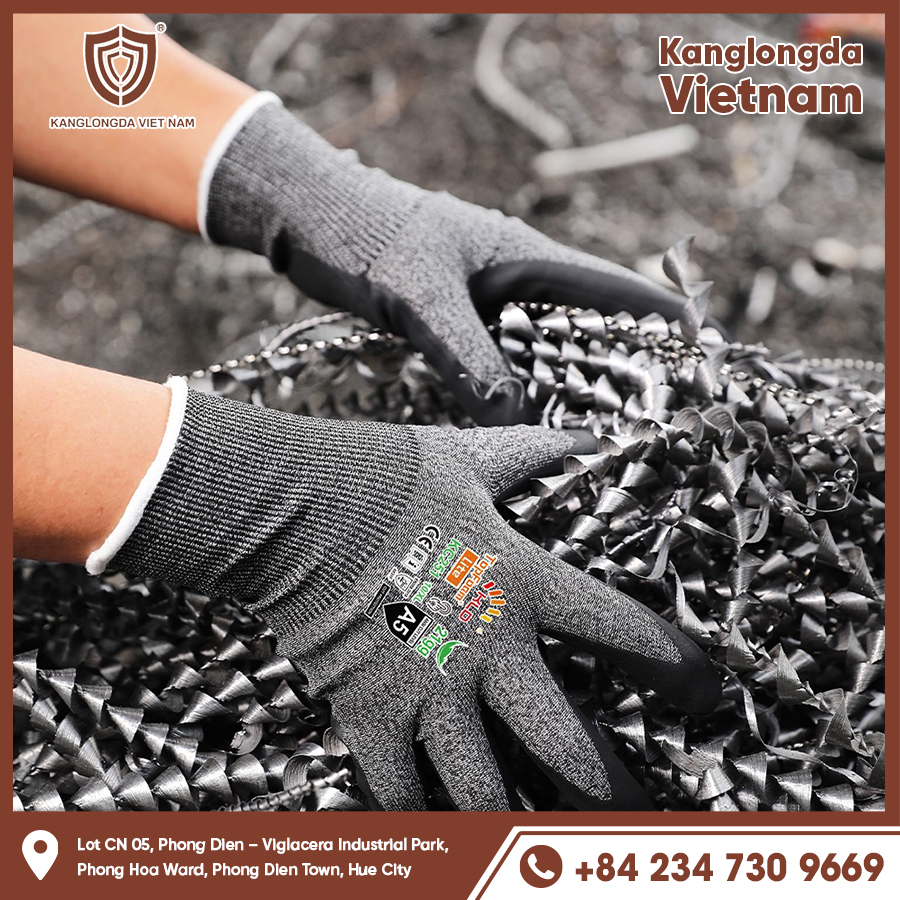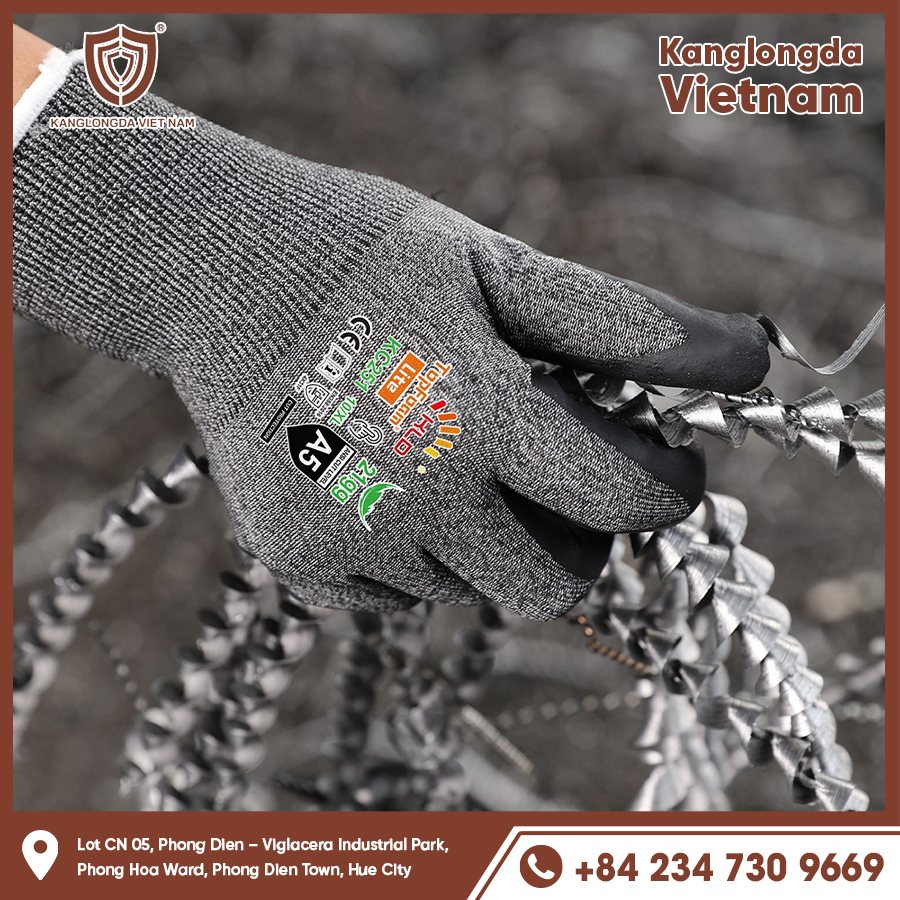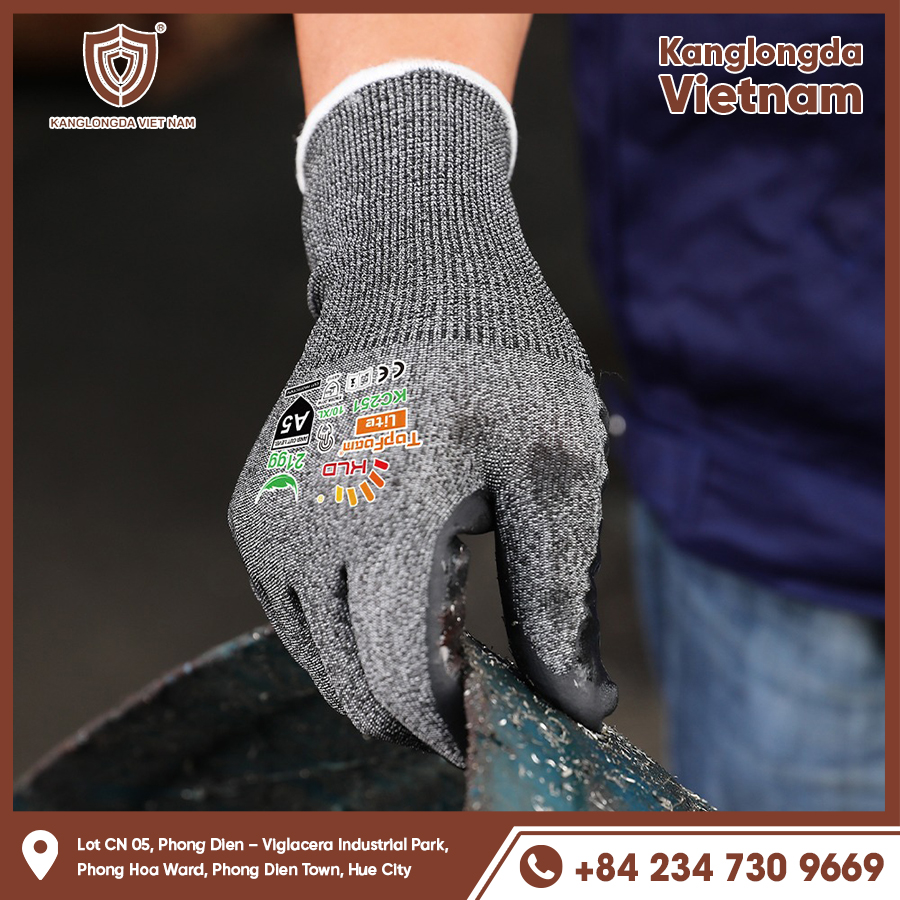In every profession or task where manual labor is involved, your hands are your most valuable tools. Whether you’re a construction worker, mechanic, gardener, or warehouse staffer, working gloves are indispensable. They protect against injury, improve performance, and offer comfort throughout long working hours. This in-depth guide explores everything you need to know about working gloves—from their materials and designs to the different types suited for various industries and tasks.

Why Working Gloves Matter in Every Industry
Working gloves are much more than accessories. They play a key role in workplace safety, efficiency, and ergonomics.
Preventing Common Injuries
According to numerous occupational safety organizations, hand injuries rank among the most frequent workplace accidents. These include lacerations, burns, punctures, crush injuries, and chemical exposure. High-quality working gloves can significantly reduce these risks.
For example, cut-resistant gloves are used in metalworking, while chemical-resistant gloves protect workers in labs and cleaning services. The right glove not only shields your hands but also helps avoid downtime and medical costs.
Improving Grip and Performance
Working gloves enhance grip, reduce fatigue, and help maintain control of tools and materials. In slippery or wet environments, gloves with textured palms can provide the traction necessary to avoid mishaps. For those dealing with precision tasks, thin and form-fitting gloves allow for dexterity without sacrificing protection.
Maintaining Compliance and Professional Standards
In many industries, wearing gloves is a legal requirement. Companies in construction, chemical manufacturing, and healthcare must follow occupational health and safety regulations, which include providing suitable hand protection. Failing to comply can result in fines, injuries, or worse.
Popular Types of Working Gloves by Industry
Working gloves are tailored to meet the unique demands of different environments. Choosing the correct type depends on your profession and the specific risks involved.
Construction and Carpentry Gloves
These gloves are designed for durability and strength. Made from leather, rubber, or composite materials, construction gloves protect against sharp edges, rough surfaces, and heavy impact. Reinforced palms and knuckles add extra security.
Some models even have padded backs for added shock absorption when using hammers or power tools. Despite their rugged build, many are designed for flexibility to handle nails, screws, and tools efficiently.
Industrial and Warehouse Gloves
Workers in manufacturing or logistics need gloves that balance durability and dexterity. Coated fabric gloves, usually dipped in nitrile or polyurethane, offer abrasion resistance while maintaining flexibility. Some models include touchscreen-compatible fingertips to operate scanners or devices.
Anti-vibration gloves are another subcategory used in industrial settings with high-powered machinery. They reduce strain and protect against long-term hand damage.
Gardening and Landscaping Gloves
For outdoor labor, gloves must protect against thorns, insects, soil, and weather. Gardening gloves are typically made from breathable cotton with rubber-coated palms. For landscaping or yard cleanup, thicker leather gloves are often preferred for protection against branches, stones, and tools.
Some outdoor gloves also come with water-resistant layers to protect during wet conditions or muddy tasks.
Materials Used in Working Gloves
Material selection is critical to glove performance. Each type offers specific advantages, making it suitable for different work environments.
Leather Gloves
Leather is the go-to material for heavy-duty tasks. Cowhide and goatskin are common types, offering durability, natural heat resistance, and excellent grip. Welding gloves, for example, are usually made from split leather with reinforced stitching.
Leather molds to the shape of the wearer’s hand over time, offering a custom fit and long-lasting comfort.
Nitrile and Latex Gloves
These synthetic materials are used for gloves that require chemical resistance and flexibility. Nitrile gloves, in particular, resist oils, fuels, and some acids. They’re commonly used in automotive, healthcare, and cleaning applications.
Latex offers a snug fit and is ideal for tasks that demand tactile sensitivity. However, latex can cause allergic reactions in some users, so nitrile is often used as an alternative.
Kevlar and Advanced Synthetics
Kevlar is best known for its cut and puncture resistance. Gloves made with Kevlar fibers are used in glass handling, metal fabrication, and food processing. These gloves are lightweight but extremely strong, offering both protection and dexterity.
Newer materials like HPPE (high-performance polyethylene) are emerging as high-strength, lightweight alternatives for industrial use.

Choosing the Right Pair for the Task
There’s no one-size-fits-all when it comes to working gloves. The right pair depends on your specific needs, working conditions, and safety requirements.
Identify Workplace Hazards
Start by assessing the risks you face on the job:
-
Cut hazards (blades, glass, metal)
-
Chemical exposure (solvents, cleaners)
-
Electrical hazards (voltage equipment)
-
Heat or cold (welding, outdoor work)
Once you’ve identified these factors, you can select gloves that meet the necessary protection levels.
Fit and Comfort Matter
A glove that’s too tight will limit movement and cause fatigue. One that’s too loose may reduce grip and increase the risk of accidents. Modern gloves come in various sizes, often with elastic wrists or adjustable cuffs for a secure fit.
Some gloves include padded palms or breathable liners to reduce sweating and improve wearability during long shifts.
Certification and Standards
Make sure your gloves meet recognized safety standards like ANSI/ISEA (USA), EN 388 (Europe), or ASTM. These ratings measure resistance to abrasion, cuts, punctures, and chemical permeation.
Gloves used in cleanrooms, food handling, or medical fields must meet additional hygiene and sterility certifications.
Specialty Gloves for Unique Work Conditions
Some jobs require very specific glove features, especially in harsh or complex environments.
Cut-Resistant Gloves
Designed for industries like glasswork, meat processing, or metal fabrication, these gloves use materials such as Kevlar, HPPE, or steel mesh. They’re rated from level A1 to A9 (ANSI) based on how much force they can withstand before being cut.
Waterproof and Insulated Gloves
Outdoor workers in wet or cold climates benefit from waterproof gloves with insulation layers. Some models use fleece, wool, or Thinsulate™ to trap heat while maintaining breathability. These gloves are essential for construction in winter or fishing industries.
Flame-Resistant Gloves
Used by welders, firefighters, and foundry workers, flame-resistant gloves are often made from treated leather or aramid fibers. They provide resistance to sparks, heat, and molten metal splashes.
Proper Maintenance and Glove Longevity
Taking care of your gloves extends their life and ensures they perform when needed.
Cleaning Techniques
Check the manufacturer’s instructions before washing.
-
Leather gloves: Wipe with a damp cloth and air-dry
-
Fabric gloves: Machine-washable in cold water
-
Nitrile gloves: Usually disposable, but reusable models can be wiped clean with disinfectant
Proper cleaning removes bacteria, dirt, and chemicals that degrade the material over time.
Storage Tips
Always store gloves in a cool, dry place away from direct sunlight, moisture, and chemicals. Hang them or lay them flat to avoid distortion. Avoid stuffing gloves into toolboxes where they may become damaged.
When to Replace Gloves
Even high-quality gloves wear out. Replace them if you notice:
-
Holes, tears, or thinning material
-
Compromised grip or flexibility
-
Strong odors (especially in chemical or food environments)
Using damaged gloves defeats their purpose and increases your risk of injury.
Sustainability and Eco-Friendly Options
Environmental impact is a growing concern in the PPE industry, including glove production and disposal.
Reusable vs. Disposable
Whenever possible, choose reusable gloves to minimize waste. Leather, cotton, and heavy-duty synthetic gloves can last months or even years. Use disposable gloves only when necessary, such as in sterile or biohazard environments.
Eco-Conscious Materials
Some manufacturers now offer biodegradable nitrile gloves or gloves made from recycled plastics. Look for certifications like OEKO-TEX or B Corp for environmentally responsible products.
Recycling and Repurposing
Used gloves that are no longer suitable for work can often be repurposed for gardening, cleaning, or art projects. Some industrial recycling programs accept gloves made of specific materials like rubber or leather.

Your hands are essential to nearly every task you do—and working gloves are the frontline defenders of those tools. Whether you’re drilling, digging, cutting, or cleaning, choosing the right pair can mean the difference between a job well done and a serious injury.
By understanding the variety of working gloves available, knowing the materials and standards, and maintaining them properly, you ensure not just safety, but performance and comfort on the job.






